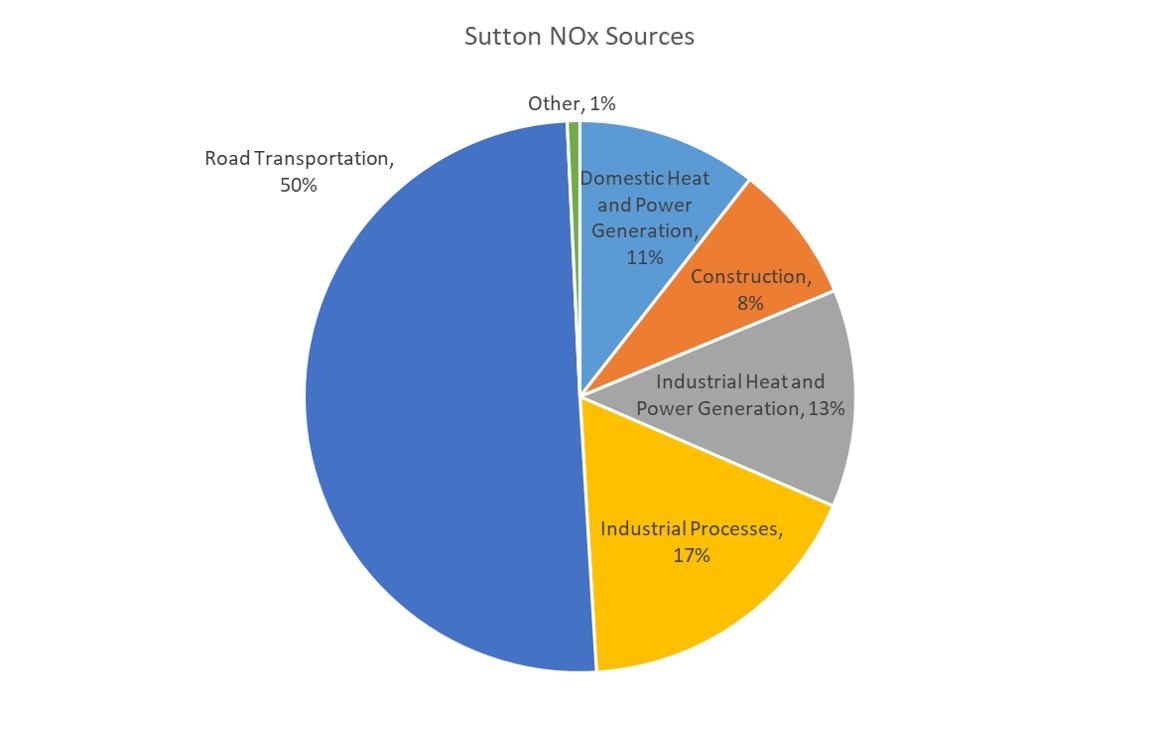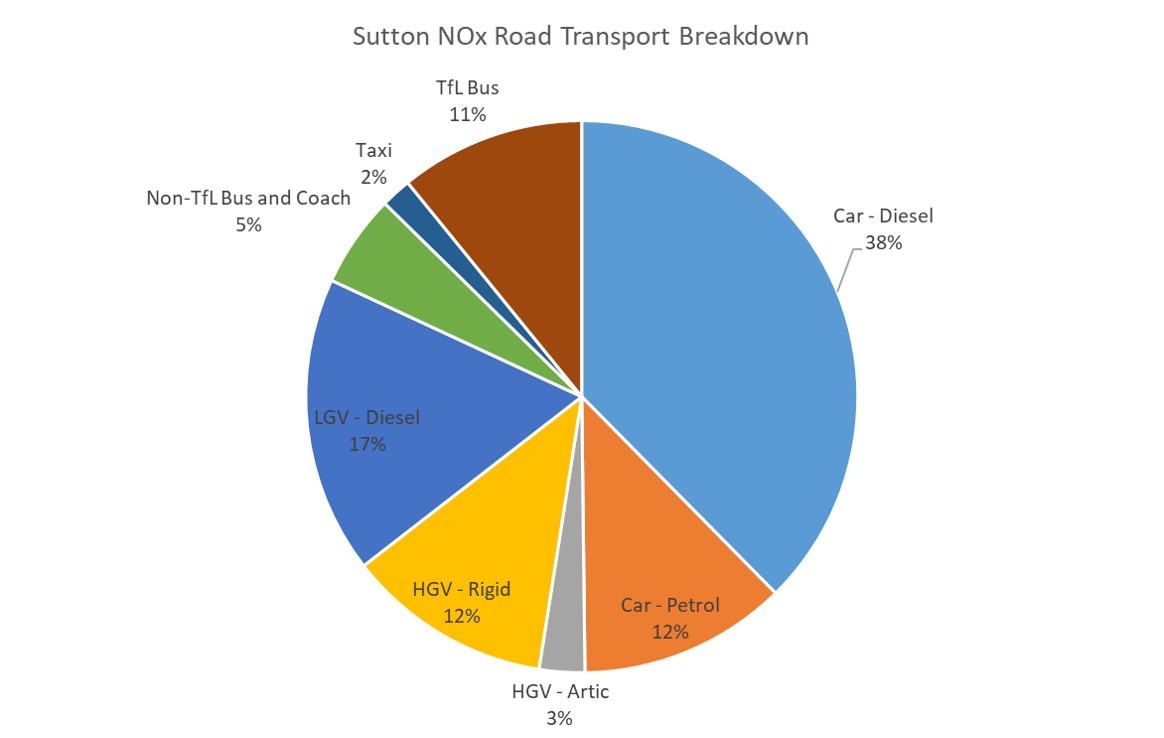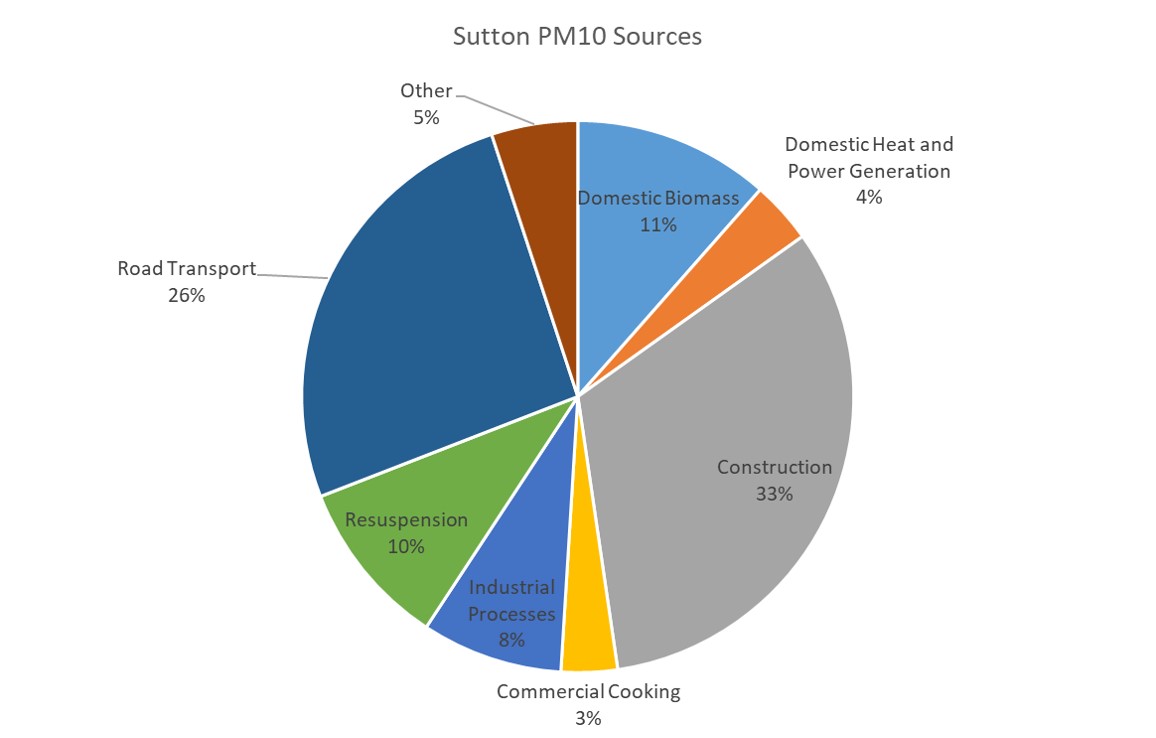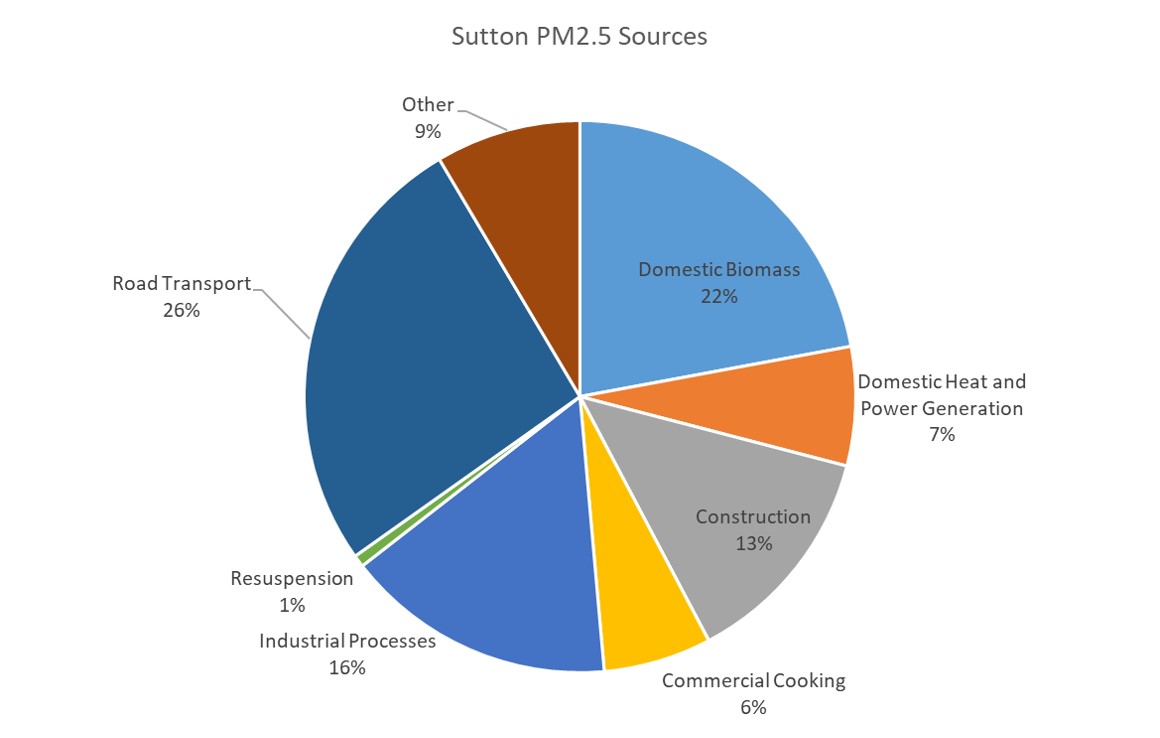Almost every Londoner is both a victim and a perpetrator when it comes to air pollution. Therefore, the only way that we can solve this public health crisis is with your help. Actions that you can take fall into three categories:
- raising awareness
- reducing exposure and
- reducing emissions
Raising awareness
Raising awareness of the problem is one of the first steps towards alleviating it. Speak with your friends and family about the dangers of air pollution and how they can make a difference. The Clean Air Hub, produced by Global Action Plan, is a great place to get started. Here you will find all the information you need to build your own understanding of the problem. You will also find advice on how you can protect yourself and others while reducing your own contribution to the problem.
Reducing exposure
When considering your exposure to any form of pollution, it will help to think about it in terms of:
-
Source - where the pollution is coming from
-
Pathway - how it gets to you
-
Receptor - the person or thing it impacts
The first piece of the puzzle is to understand where the pollution is coming from. In Sutton, 50% of our nitrogen oxides (NOx) pollution comes from road traffic. The pie charts below, created using data from the London Atmospheric Emission Inventory of 2016, show a breakdown of the various sources of NOx and particulate matter (PM) in the borough.
NB - PM is subdivided by the size of the particles. PM10 refers to particles with a diameter of less than 10 microns. PM2.5 is particles smaller than 2.5 microns.

Contributions to total nitrogen oxides pollution are as follows:
- Road transport - 50%
- Industrial processes - 17%
- Industrial heat and power generation - 13%
- Domestic heat and power generation - 11%
- Construction - 8%
- Other - 1%

Individual sources of nitrogen oxides pollution within road transport are as follows:
- Car - Diesel - 38%
- LGV - Diesel - 17%
- Car - Petrol - 12%
- HGV - Rigid - 12%
- TfL Bus - 11%
- Non-TfL Bus and Coach - 5%
- HGV - Artic - 3%
- Taxi - 2%

Contributions to total PM10 are as follows:
- Construction - 33%
- Road transport - 26%
- Domestic biomass - 11%
- Resuspension - 10%
- Industrial processes - 8%
- Domestic heat and power - 4%
- Commercial cooking - 3%
- Other - 5%

Contributions to PM 2.5 are as follows:
- Road transport - 26%
- Domestic biomass - 22%
- Industrial processes - 16%
- Construction - 13%
- Domestic heat and power generation - 7%
- Commercial cooking - 6%
- Resuspension - 1%
- Other - 9%
The second piece of the puzzle is the pathway. Most forms of air pollution diminish very quickly with distance from their source. Often, pollutant concentrations will return to background levels within <50 meters of their source.
Therefore, the most effective way for you to reduce your exposure to air pollution is by blocking or lengthening the pathway it takes to get from the source to you - the receptor.
It will also be helpful to think about the times of day when you are the most exposed. This might be during your commute, on the school run or even at home.
For example, one of the most effective ways you can reduce your exposure to air pollution is to leave the car at home and commute on foot or by bicycle. Air pollution in cars is often far higher than on the pavement next to them because they suck air in from the front - where the exhaust of the car in front is. Going on foot or by bike will allow you to use Sutton's extensive network of foot and bicycle paths as well as helping you to use quieter roads and stay fit and healthy.
You can use the GLA's Clean Air Route Finder to plot a low pollution route from A to B.
Reducing emissions
The pie charts above clearly show that the largest source of NOx and PM in the borough is road transportation. Within that, a massive 38% of NOx emissions come from private diesel cars. Therefore the most effective way that you can reduce your emissions is by using other modes of transport such as foot, bicycle and public transport. If your needs are not met by those means of transport, why not try car-pooling?
Domestic biomass and solid fuel burning is a rising concern in London because stoves and open fires emit 21% of our PM2.5. Not only that, but they are becoming increasingly popular with homeowners. A great way to cut down your PM emissions is by using a DEFRA-authorised fuel, an exempt appliance, or best of all, not burning solid fuel at all.
Read information on the harm caused by solid fuel burning on the Mayor of London's website
If you do not have a gas mains connection in your home, or if you know someone who doesn't, you may be eligible for an installation grant under the Greater London Authority's Warmer Homes Grant.